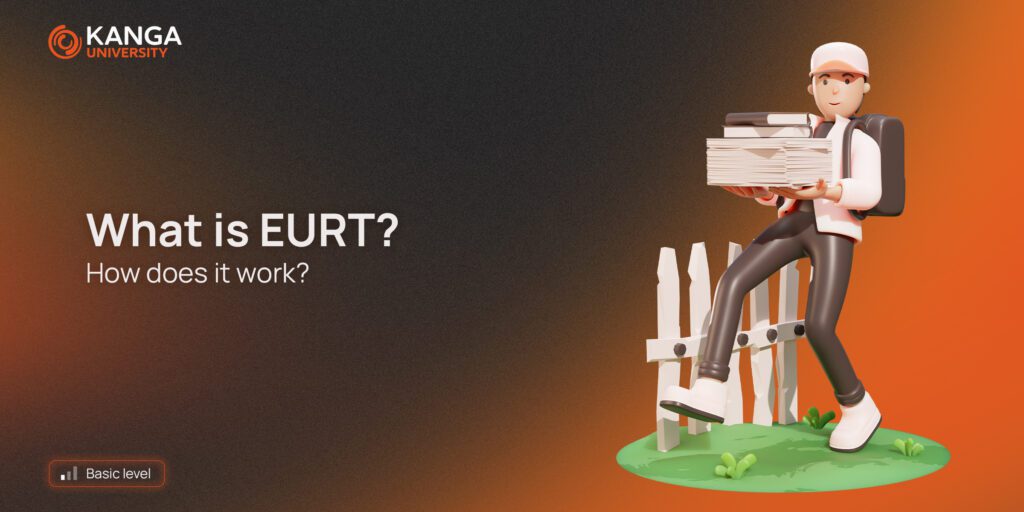
You should already associate the name itself with certain assets you know. EURT is a stablecoin created by Tether that is tied to EURO, the world’s second-largest currency.
We have little information about EURT at the moment, as the project itself is still relatively young. Tether is the company responsible for creating stablecoins like USDT (pegged to the dollar) and XAUT (pegged to gold). In this project, as already mentioned, the value of the stable is pegged to the value of the euro.
With this move, Tether aims to expand its stablecoin offering and become the main provider of this type of solution. They enable a secure connection between the entire financial ecosystem and the cryptocurrency sector. Such connections minimize the high volatility of digital assets, encouraging new investors to invest in the sector.
Where did the idea for EURT come from?
31 December 2017 was the day Tether first released its token on the Ethereum network. Since then, EURT has developed strongly on the Ethereum and OMNI networks. This makes EURT the second largest and most popular stablecoin created by Tether.
It uses smart contracts and the ERC-20 model to create it, and is a token that can be quickly deployed in other EVM-compatible blockchain ecosystems. This makes EURT easy to adopt and does not require any changes to the way the token works when adopted across other networks.
Complete your knowledge!
What is the Ethereum Virtual Machine? [MASTER LEVEL]
How does the EURT token work?
EURT is a token created using the ERC-20 standard and pegged 1:1 to the world’s second-largest currency, the euro. It works in the same way as the other stablecoins we know:
- When a user wants to apply for a Tether issue, he registers on the platform. He goes through the KYC and AML verification and then deposits the corresponding euro amount. This is the collateral used for EURT issuance.
- The aforementioned collateral is crucial for Tether. The company uses them to issue EURT.
- Once the deposit is made, Tether Limited generates the corresponding number of EURT tokens in the user’s account. These are created at a ratio of 1:1 to the amount deposited.
- The active EURT balance in your account can be used like any other ERC 20 token.
- EURT is subject to exactly the same rules as any other stablecoin. So if you want to hold the tokens discussed today, your wallet must be compatible with the ERC-20 standard.
Why were EURT coins created?
As we mentioned in the paragraph above, EURT tokens function like other stablecoins. They therefore perform a number of functions similar to those of regular stablecoins:
- EURT minimizes losses on transactions between cryptocurrencies and traditional financial markets.
- Stablecoins do not restrict you in normal transfers, whether in the blockchain ecosystem or in traditional monetary systems.
- EURT allows exchanges to be highly liquid or protected from the volatility of cryptocurrencies.
- It is a great investment tool in exchanges or cryptocurrency markets.
- EURT also enables blockchain-based currency exchanges that support USDT and EURT payments.
- It is ‘simple’ to build, so it can easily be compatible with other ecosystems that support EVMs.
Summary
EURT is an interesting solution proposed by Tether. Both in its functioning and design, it is not much different from the stablecoins we are familiar with. Due to its growing popularity, more and more exchanges are starting to list this stablecoin. However, keep in mind that any investment comes with risks.
Before making an investment decision, get to know the cryptocurrency, token or project in question!
Related topics:
What is liquidity in cryptocurrency markets? [BASIC LEVEL]